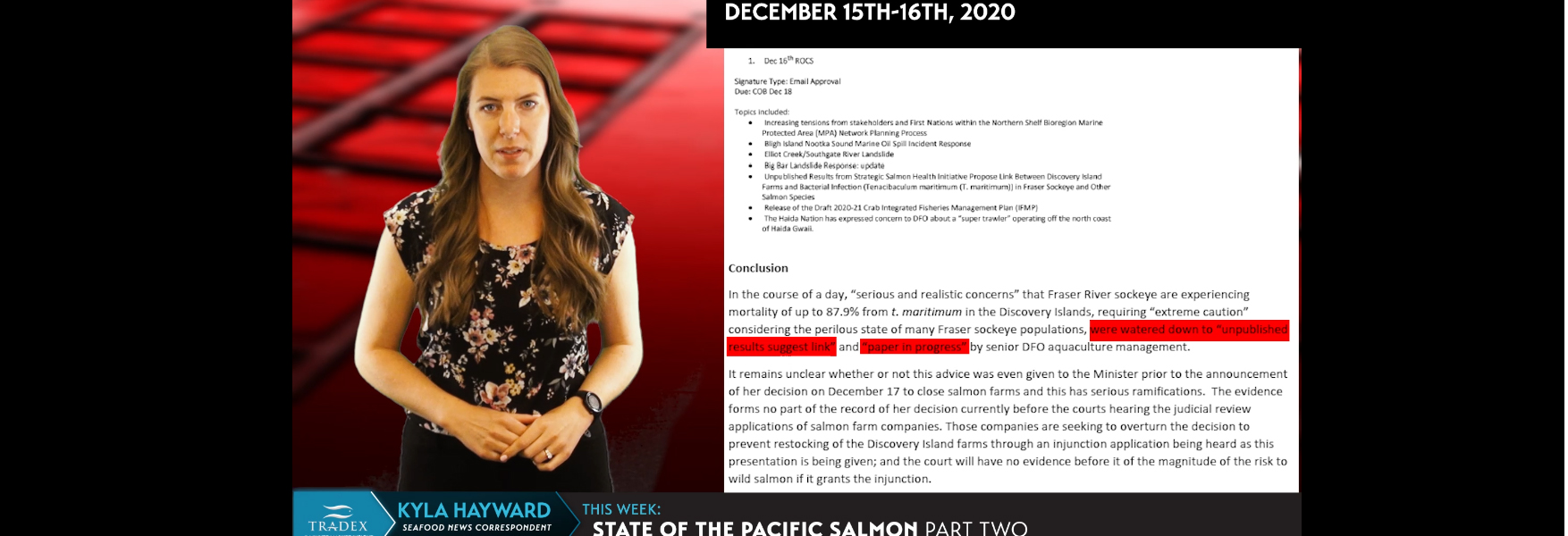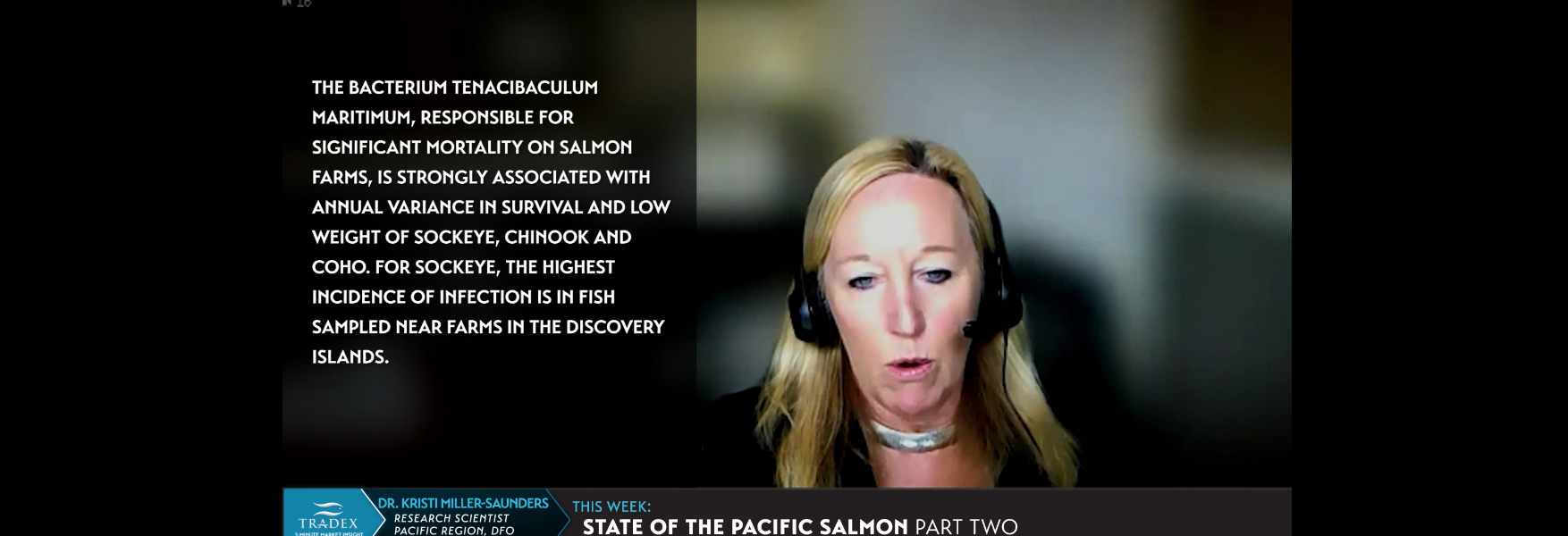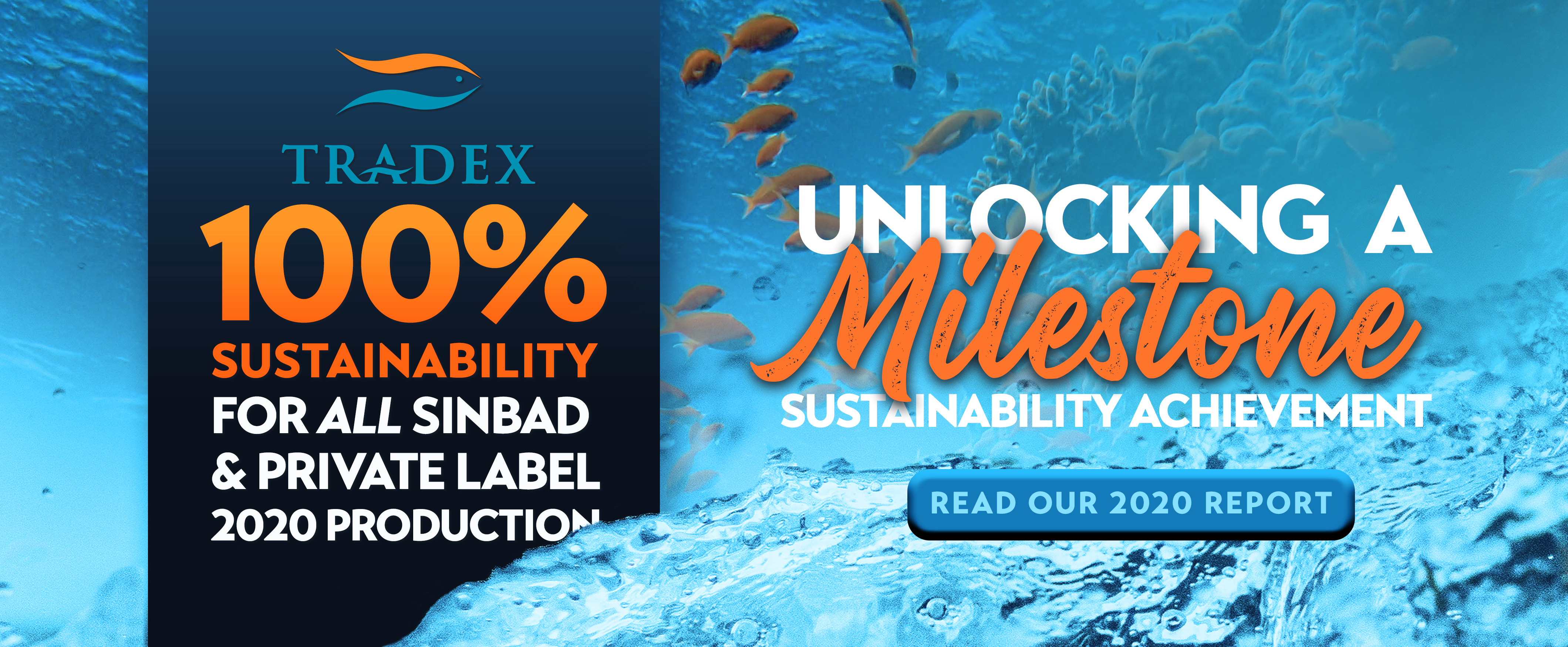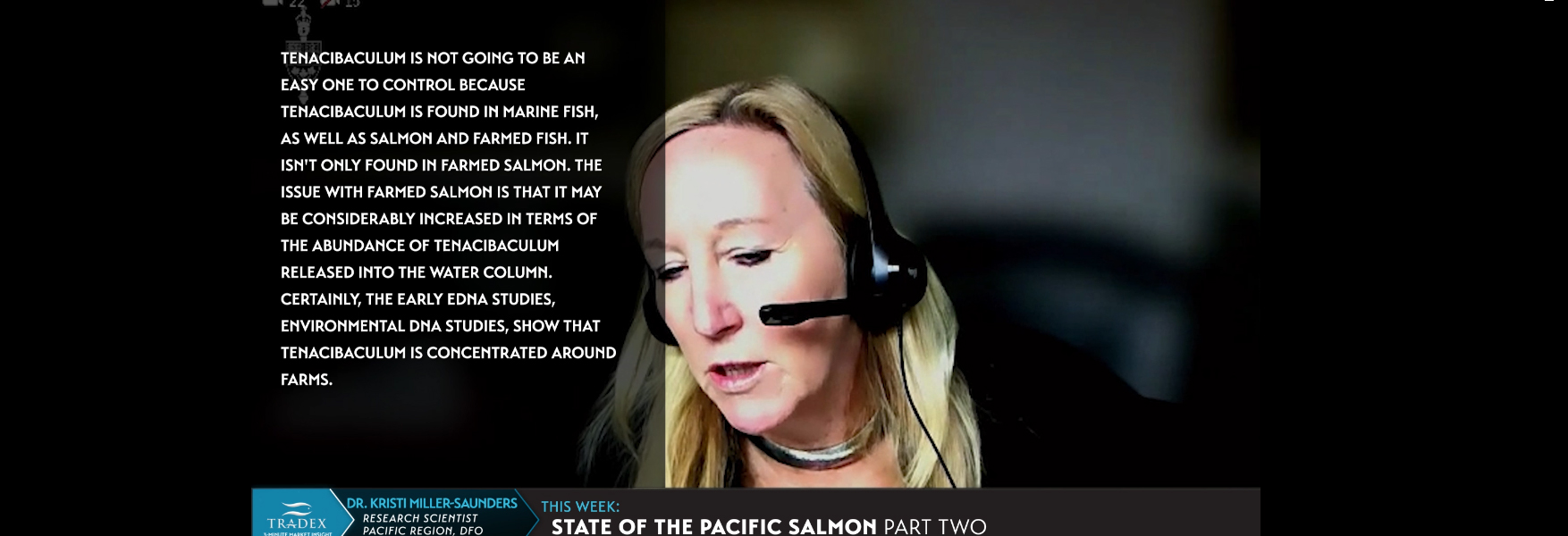
Loading
EP 539 | AIRED 05/24/2021
STATE OF THE PACIFIC SALMON: Part 2
The “Smoking Gun” Killing Pacific Salmon, DFO Keeping Science Away from Fisheries Minister
Mr. Blaine Calkins (MP for Red Deer-Lacombe, CPC): Ms. Wristen, do you have any evidence to support your claim that DFO is being purposefully negligent? You made a pretty bold statement before the committee, indicating that the Department of Fisheries and Oceans is being wilfully negligent in studying things like sea lice and so on to fulfill their mandate of being pro fish farm.
Ms. Karen Wristen (Executive Director, Living Oceans Society): Yes, I did not call them wilfully negligent. I do not think this is negligent conduct. I think this is deliberate conduct.
You will all be familiar with the Cohen commission's failure to find what Justice Cohen referred to as “the smoking gun”. I think we may have found it. It's a new study that has come out of the SSHI dealing with a bacterium called Tenacibaculum. I am going to henceforth refer to it by the disease it causes, which is “mouth rot”.
--- What you just heard were excerpts from Ms. Karen Wristen, Executive Director of Living Oceans Society’s official testimony to the Canadian Federal Government’s Standing Committee on Fisheries and Oceans.
The Minister's decision could then be challenged in court, and without any new evidence or “Record of Decision” to support the Minister's decision to phase out fish farms, the judge would only be allowed to use the latest evidence on environmental impacts which was limited to outdated DFO research that the farms pose "no more than a minimal risk" to wild stocks.
The clips and events that you are about to see are dramatic enough to warrant a Netflix special.
- On December 15th, 2020, Dr. Kristi Miller-Saunders summarized the results of work she had been communicating to DFO aquaculture staff for over a year on mouth rot and the survival populations impacts of Wild Salmon. She did so in both a lay format and a technical format, in an email addressed to the senior science and aquaculture management staff. She was subsequently asked by Carmel Lowe, Science Director, to summarize it further in the form of a briefing note for a Ministerial briefing, which she did on Dec 15-16. In the course of a day, “serious and realistic concerns” that Fraser River sockeye are experiencing mortality of up to 87.9% from t. maritimum in the Discovery Islands, and requiring “extreme caution” considering the perilous state of many Fraser sockeye populations, were watered down to “unpublished results suggest link” and “paper in progress” by senior DFO aquaculture management. Nothing in the material discloses whether or not the Minister saw the briefing, dated Dec 16, prior to making her decision.

- On December 17th, 2020, Minister Bernadette Jordan announced that all 19 fish farms in the Discovery Islands would be phased out by June 30, 2022 - acting against the science advice from her own department when the Minister added a subsequent decision to bar the transfer of smolts from hatcheries to the ocean pens essentially a ban on restocking their farms.
- On January 20th, 2021, an announcement was made that Salmon farms in the Discovery Islands were going to seek judicial review of the federal phase out of fish farms in the Discovery Islands aiming for an injunction to the ban.
- On April 5th, 2021, a Federal Court judge suspended the ban on restocking three fish farms in British Columbia's Discovery Islands. Justice Peter George Pamel said the consequences for local communities and businesses outweigh any evidence he heard on environmental impact, which was limited to a Fisheries Department finding that the farms pose "no more than a minimal risk" to wild stocks.
- On April 26th, 2021, Dr. Kristi Miller-Saunders delivers her much anticipated testimony to the Standing Committee on Fisheries and Oceans and we will leave it with you to draw your own conclusions.

Ms. Rebecca Reid (Regional Director General, Pacific Region, Department of Fisheries and Oceans): Good afternoon, committee members. Yes, I'm Rebecca Reid. I'm the regional director general for DFO Pacific region. I will invite Dr. Kristi Miller-Saunders to provide a more in-depth description of her field of research.
Dr. Kristi Miller-Saunders (Research Scientist, Pacific Region, Department of Fisheries and Oceans): My name is Dr. Kristi Miller-Saunders. I hold a Ph.D. from Stanford University and have been a research scientist with DFO since 1994. My areas of speciality include molecular biology, genetics and genomics, ecology and fish health. I have worked my entire career on salmon at DFO, and issues surrounding salmon health and salmon declines for the past 20 years, with at least 75 of the 140 publications from my program focused on fish stress and disease.
The bacterium Tenacibaculum maritimum, responsible for significant mortality on salmon farms, is strongly associated with annual variance in survival and low weight of sockeye, Chinook and coho. For sockeye, the highest incidence of infection is in fish sampled near farms in the Discovery Islands.
Tenacibaculum is the agent. Mouth rot is the disease that the agent causes in Atlantic salmon, so it's not mouth rot that has the impact. However, as I said before, Tenacibaculum was coming out of our models as being one of the most consistently associated with population level impacts. Moreover, in sockeye salmon we found that the highest incidence of infection was in fish migrating past farms in the Discovery Islands.
We then employed spatial and epidemiological models and fit the data from migrating sockeye salmon to identify whether farms in the Discovery Islands were a source or the dominant source of Tenacibaculum infection along the Fraser River sockeye salmon migration route. Not only did the models confirm that the best-fitted models confirmed that the highest source of Tenacibaculum was around the Discovery Island farms, we were also able to show that in the water column Tenacibaculum was one of the agents most strongly concentrated around active farms, compared with fallow farms. There was a lot of Tenacibaculum in the water column.
Further, we looked at whether or not treatment of mouth rot was a correlated factor with the potential transmission into wild fish. We did not find any effective treatment; a farm simply being stocked with fish was enough to create a risk to wild migrating salmon.

Mr. Gord Johns (MP for Courtenay-Alberni, NDP): Ms. Reid, when Dr. Miller-Saunders reported to senior management last October that the widespread bacteria in salmon farms that was causing mouth rot was accumulating outside the salmon farms in the Discovery Islands, infecting sockeye and causing a negative population impact, I see from an ATIP that was sent to me that salmon farmers were briefed.
Was the minister also briefed on this, as she was in consultation with the seven first nations of the Discovery Islands? Would this have been important to share with the local first nations?
Ms. Rebecca Reid: With regard to information-sharing within the department, we certainly would share information of that nature for context and general awareness. With regard to the consultation process that went on with first nations, I wasn't in the room with them, so I can't speak specifically to that. If you wish, I think Dr. Parsons could speak more specifically to some of those conversations.
Dr. Jay Parsons (Director, Aquaculture, Biotechnology and Aquatic Animal Health Science Branch, Department of Fisheries and Oceans): The specific point about Tenacibaculum was not brought up as part of the technical briefings we had with the first nations. Their primary interest in the briefings that we provided really revolved around the nine risk assessments, and that had been—
Mr. Gord Johns: Was the minister briefed?
Dr. Jay Parsons: I wasn't involved in any of the briefings with the minister or with the minister's consultations with the first nations.
Mr. Gord Johns: Can anyone confirm if the minister was briefed on this?
Ms. Rebecca Reid: I can confirm, Mr. Johns, that the issue was definitely raised to the office. That's as far as I could say.

Advertise Here: advertising@tradexfoods.com
Mr. Ken Hardie (MP for Fleetwood-Port Kells, Lib.): Okay. With the identification of these new pathogens—and here I wouldn't want you to speculate—it would seem, obviously, that something has changed if they didn't exist before, if they're new, if they were introduced or again naturally occurring. I guess the key question here, with the background of all of these pathogens being present in our wild salmon population, is whether we can do anything about that, or are we simply going to have to watch the inevitable decline of our population because these pathogens are present and will keep circulating among our stocks?
Dr. Kristi Miller-Saunders: Well, one of the reasons that we expect pathogens may be more impactful today than they were in the past is not only the potential for interactions with cultured fish—and that could be our hatchery fish and aquaculture—but also the shift in the climate. The relationship between pathogens and disease depends upon the susceptibility of the host as well as the environmental conditions that are experienced. When you have salmon that are swimming through areas of very high temperature, that are experiencing low oxygen and experiencing lower food availability, they will be more vulnerable to infections and to becoming diseased. It's not simply cultured fish. It's the combination of environmental change and cultured fish that we should consider when we're looking at disease-causing potential and the potential of disease to undermine the survival of our wild salmon.
Mr. Blaine Calkins: Has that virus, do you think, always been there and we've just found or discovered it because we just looked for it? What's the baseline? Are we starting to establish a baseline? Give me a sense of where this whole thing is at, because it all seems relatively new to me, and I'm not sure that it's not always been there.
Dr. Kristi Miller-Saunders: We are trying to establish a baseline. One of the ways you can determine how long a virus may have been here is through sequencing. You look at the depth of the sequencing phylogeny for the virus, and we do know that there are different variants. We do see some depth in the sequences that suggest that they've been here for a period of time. We are planning to carry out more sequencing and do a more robust phylogenetic analysis like we've done with PRV. We'll be having a paper on that coming out in a couple of weeks where we can really look more holistically at the distribution across the province and in fish from Washington as well, because we capture them along our coast, and try to get an idea of the depth of how long that virus may have been here and whether it likely evolved here on this coast.
Mr. Gord Johns: If the minister approves the transfer of farmed fish into the Discovery Islands, should they be screened for Tenacibaculum, given the low returns? Could you also explain how the effect of naturally occurring viruses is different from that of viruses coming from fish farms?

Dr. Kristi Miller-Saunders: Well a lot of viruses coming from fish farms are also naturally occurring. We have to be careful about thinking that they are two completely separate things. Tenacibaculum is not going to be an easy one to control because Tenacibaculum is found in marine fish, as well as salmon and farmed fish. It isn't only found in farmed salmon. The issue with farmed salmon is that it may be considerably increased in terms of the abundance of Tenacibaculum released into the water column. Certainly, the early eDNA studies, environmental DNA studies, show that Tenacibaculum is concentrated around farms. I think that we do need to look again at treatment effects and what we can do in terms of decreasing the loads of that particular bacterium on those farms. As well, our data actually do show that we're seeing Tenacibaculum present in farmed fish before they've moved them out into the ocean. Likely when they are introducing salt water into the hatcheries, they're already introducing that bacterium into their fish. You know, the easiest way to control... Well, it may not be easy. However, if the water going into a farm and the water exiting a farm was all filtered, you know, like in closed containment systems or systems on land, we wouldn't have any of these problems because sea lice wouldn't infect farmed fish because sea lice would be filtered out of the water column. Therefore, they wouldn't affect our wild fish as well. You could do that with a lot of things like Tenacibaculum. Viruses will be harder, but the fact of the matter is that if farmed fish were less stressed, if they weren't stressed by sea lice and all the treatments and everything associated them, they wouldn't have the same potential to develop disease. Disease wouldn't ensue to the same degree if we controlled what comes in and what goes out of farms.
Mr. Robert Morrissey (MP for Egmont, Lib.):
I must say I've been most impressed with the level of competency we've seen before this committee of the DFO personnel who have appeared from the scientific and research community. Dr. Miller-Saunders, I'm impressed with your passion for the science that you're doing here and the cause that's at hand. I truly hope that the groups that come together utilize the great resource that has been on display before this committee, namely, within the scientific branch of DFO, on a host of very.... We may not agree; we may not like the message, but it's clear, from the witness I've been listening to here, that you're bringing it forward in a non-biased stance. I think that's extremely important. The decision-makers simply have to listen.
The Chair (Mr. Ken McDonald (Avalon, Lib.)):
That expires all of our time for today's committee meeting. I want to thank the departmental officials for appearing before the committee today. I agree with that comments by committee members that it's been probably one of the most informative meetings we've had on this subject for quite some time.
--- We will provide a link to the full meeting below this video and encourage everyone to watch it or read the evidence as we also agree that this has to be one of the most informative meetings on the state of Pacific Salmon. We will also provide a download link to the documents from the ATIP (or Access to Information and Privacy) request.
ATIP Download: ATIP_DFO_Pacific_Salmon-A-2020-01561-DSP-FINAL.pdf (170mb)
Full Meeting Video: FOPO State of the Pacific Salmon April 26, 2021
STATE OF THE PACIFIC SALMON (Part 1): October 19, 2020
If you are not already, be sure to subscribe to our video updates using the signup form below as we continue to follow this State of the Pacific Salmon series by the Standing Committee on Fisheries and Oceans.


